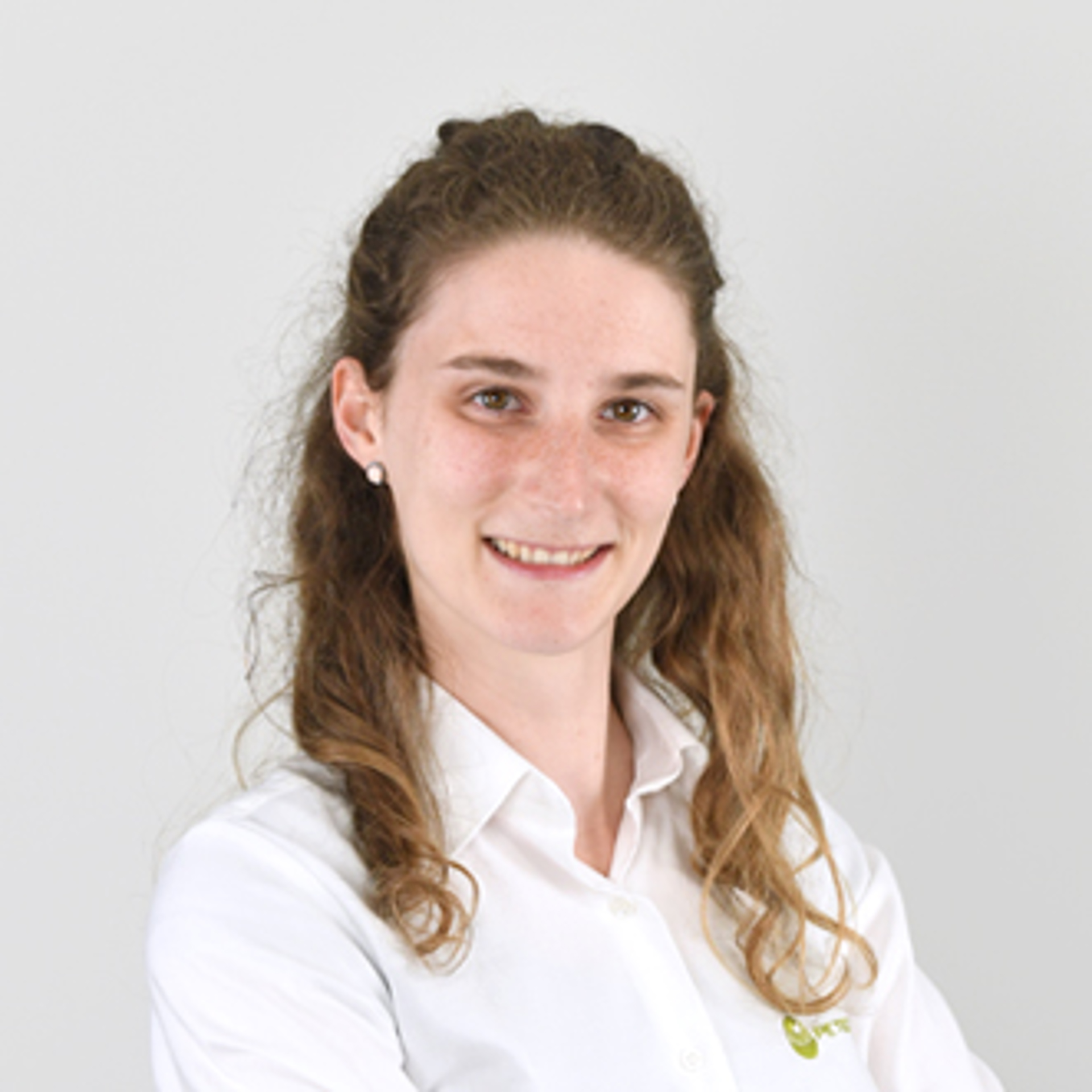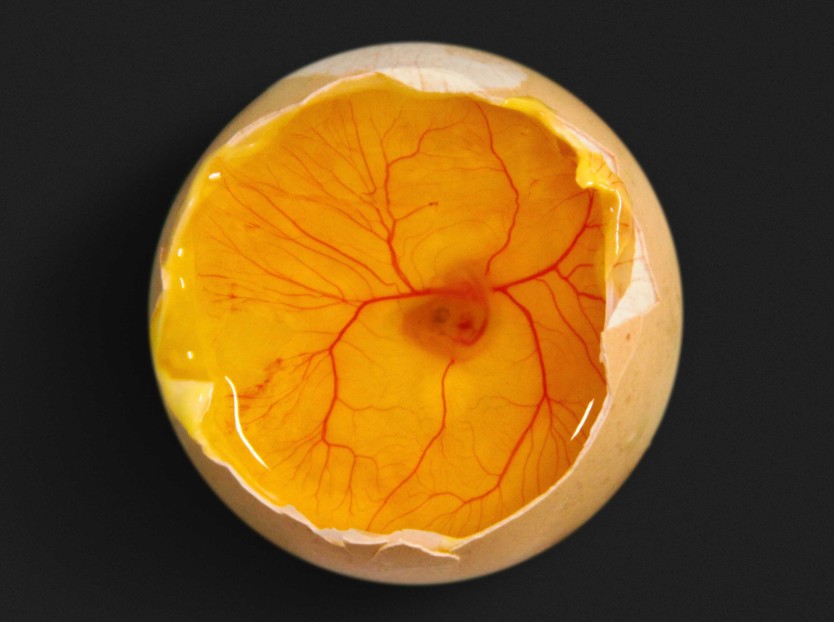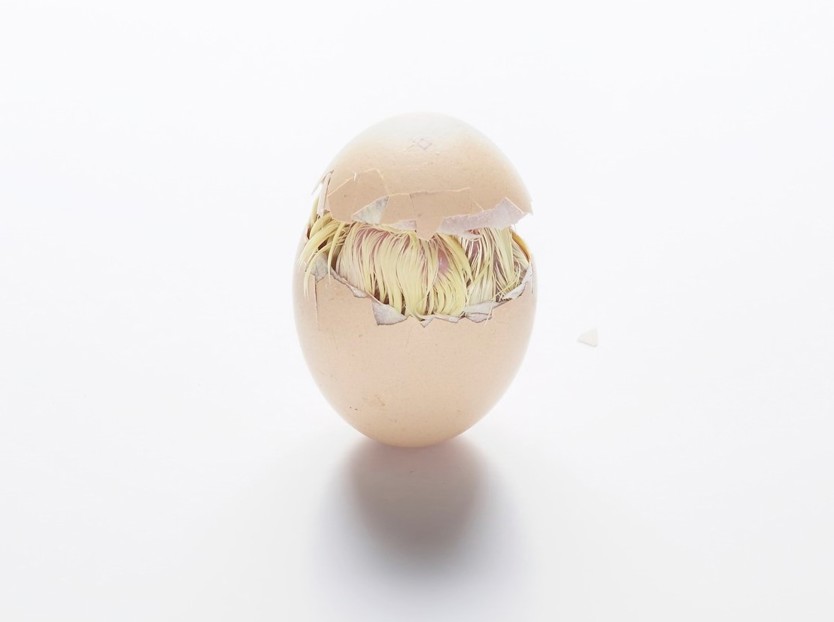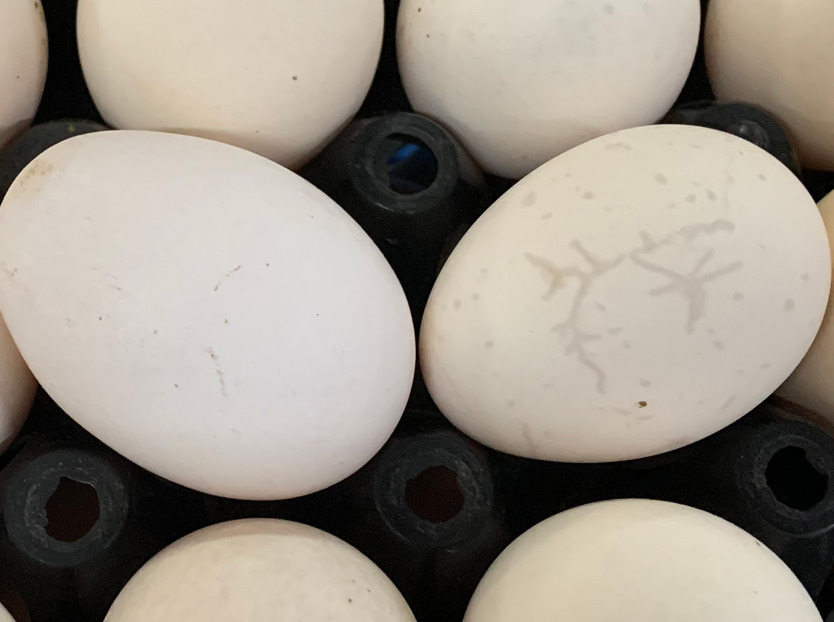Incubators are ideally loaded with eggs from one single flock that have all been stored for the same period of time. In modern, large-scale hatcheries, however, egg batch mixing is often inevitable. This article explains how to load incubators with eggs from different flocks and, at the same time, minimize losses in hatchability and chick uniformity.
Temperature and embryo development
Temperature differences in the incubator contribute to a wider hatch window and, consequently, negatively affect hatch results. When the eggshell temperature is maintained at approximately 100°F (37.8°C), the embryos will develop at the ideal rate, resulting in the chicks hatching at around 21 days. If the temperature deviates from that ideal situation, it will impact the rate of embryonic development and hatching time. Therefore, by keeping the difference between the highest and lowest temperatures inside the incubator as small as possible, the highest percentage of healthy, uniform day-old chicks can be reached.
Each incubator is different
Each incubator manufacturer has their own way of monitoring and regulating the micro-environment around the eggs in setters and hatchers. Everything depends on the machine layout and design in relation to heating and cooling patterns and airflow dynamics. In Petersime incubators, an optimal spiral airflow distribution is guaranteed (see figure 1). The setter’s and hatcher’s central mixing fan ensures that the airflow is the same on the left and right side of the fan. This means the cooling, heating and ventilation conditions are perfectly mirrored in each incubator.
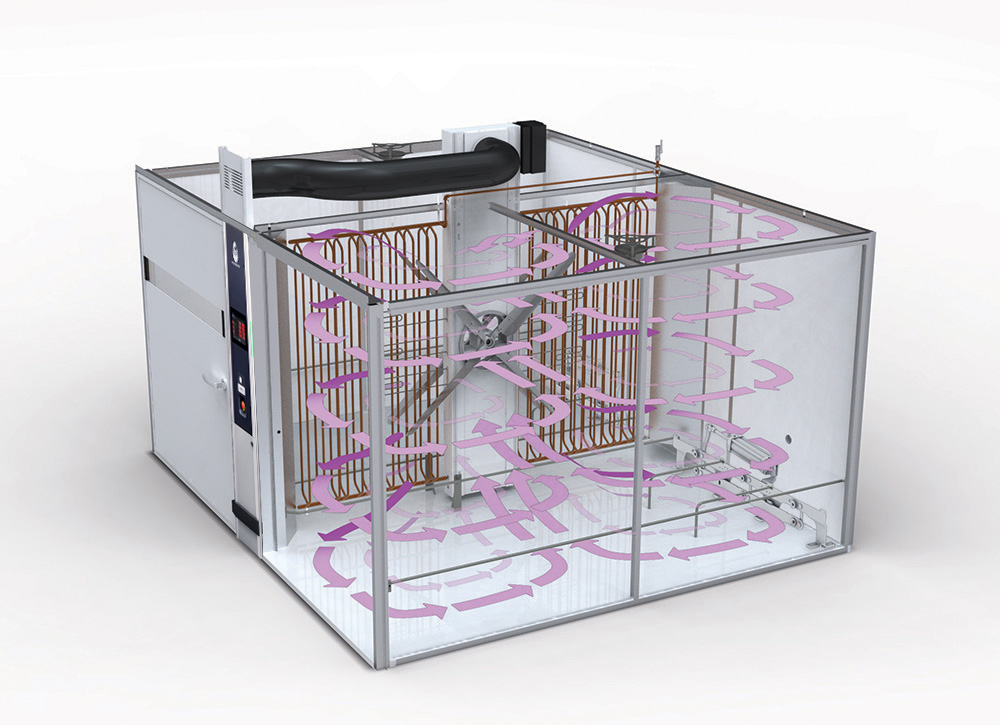
Loading eggs from different flocks
Hatchery staff should ideally load the setters with eggs from one single flock that have all been stored for the same period of time. Those eggs will have about the same size and produce about the same amount of heat at about the same moment in time. However, if not enough eggs from the same source are available to fill a setter, egg batch mixing will be unavoidable.
To prevent that egg batch mixing leads to uneven temperatures inside the machine and, consequently, results in a wide hatch window and poor chick uniformity, using the technique of balanced loading to achieve optimal thermal uniformity is important.
Thermally balanced loading
Balanced loading is all about setting a mix of eggs with different backgrounds while taking into account their level of heat production and the point in time at which that heat is produced, along with the airflow distribution and location of the cooling elements inside the setter. There are three factors to consider: flock fertility, flock age and storage time. Based on those factors, three general rules of thumb are:
- An egg mass from a ‘prime’ flock with high fertility (between 30 and 44 weeks of age) will produce more heat than an egg mass from a low fertility flock.
- Large eggs (from older flocks) contain yolk that has a higher energy value, causing the embryos to grow more, which produces more heat.
- Eggs that have been stored for a longer period of time will produce heat at a later point than eggs that have been stored only a short time.
When taking these rules of thumb into account, the following general setter loading scheme can be drawn:
- Positions A: highest fertility, oldest (large egg) flock, shortest storage time
- Positions B: lowest fertility, youngest (small egg) flock, longest storage time
- Positions C: middle fertility, middle-aged flock, middle storage time
- Important note: Setter trolleys equipped with Petersime’s OvoScan™ technology are always loaded with eggs with medium heat production and are positioned near the left wall of the setter (see figure 2: 3 OvoScan™ sensors, position C on the left)
Some further points of attention are:
- Generally, it is advised not to exceed more than 10 weeks of difference in flock age, 7 days of difference in storage time and 10% difference in fertility.
- Never start an incubation cycle when the machine is not fully loaded. If you do, any measures taken regarding balanced loading will be ineffective.
Following the above guidelines will result in an optimal heat balance distribution of the eggs in the setter.
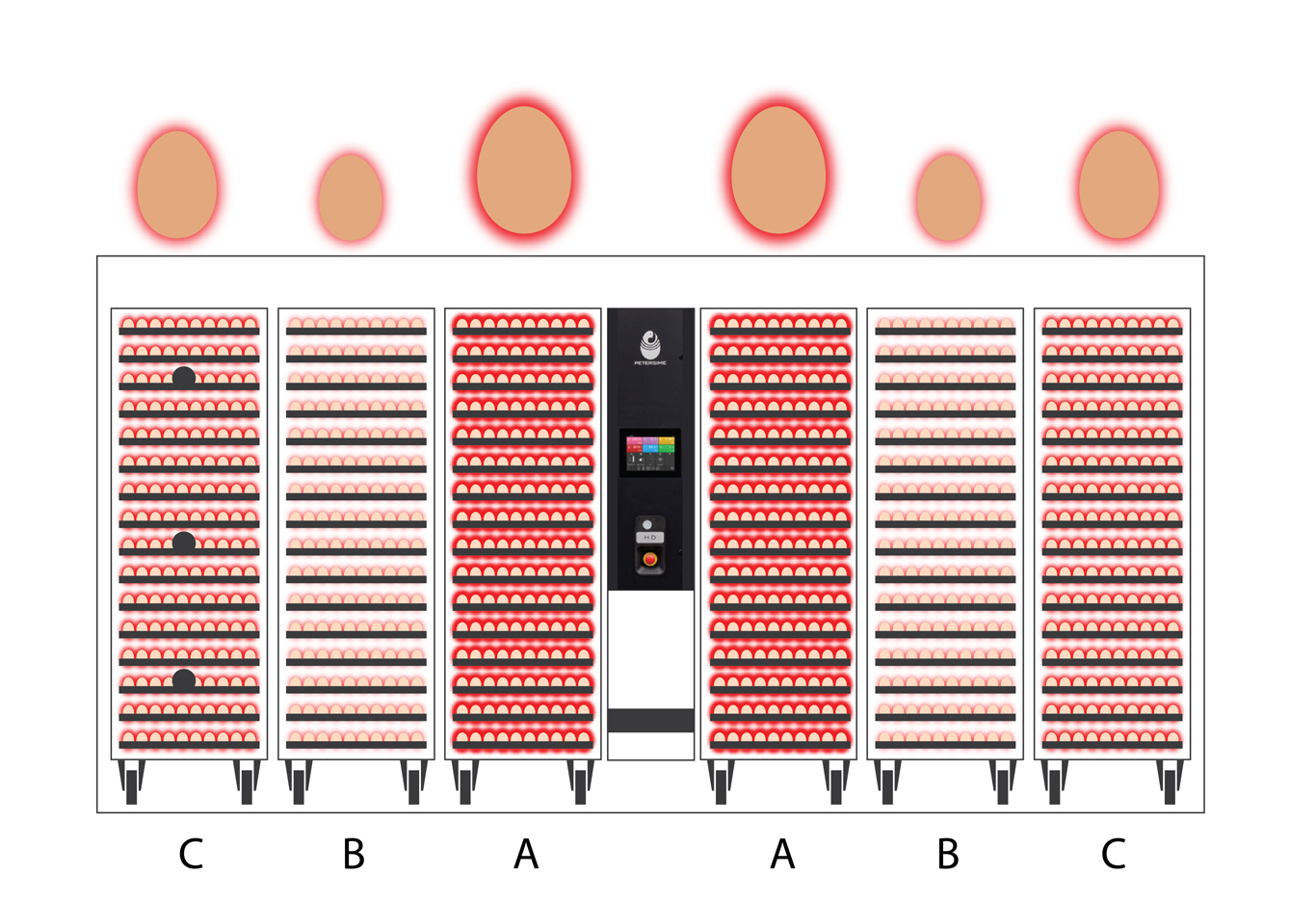
Transfer from setter to hatcher
Correctly loading the hatcher starts where it ends for the setter: at transfer. During the hatching process, the embryos undergo the most critical biological transitions (internal pipping, external pipping and shell emergence), which demands very specific environmental conditions. By loading the hatchers with eggs that are as uniform as possible, each hatcher can use a specific incubation profile according to the heat production of the eggs inside and the embryos’ needs.
As one single hatcher should ideally be loaded with uniform eggs, they should all come from the same specific positions in the balanced loaded setter. The example below (see figure 3) shows how to put that theory into practice, taking the example of transferring one setter of 12 trolleys to three hatchers of 4 trolleys each:
- Hatcher 1: all eggs with medium heat production (positioned near the wall - 1a 1b 1c 1d)
- Hatcher 2: all eggs with low heat production (positioned in the centre - 2a 2b 2c 2d)
- Hatcher 3: all eggs with high heat production (positioned near the central mixing fan - 3a 3b 3c 3d)
The same principle applies for configurations of setters and hatchers with other capacities.
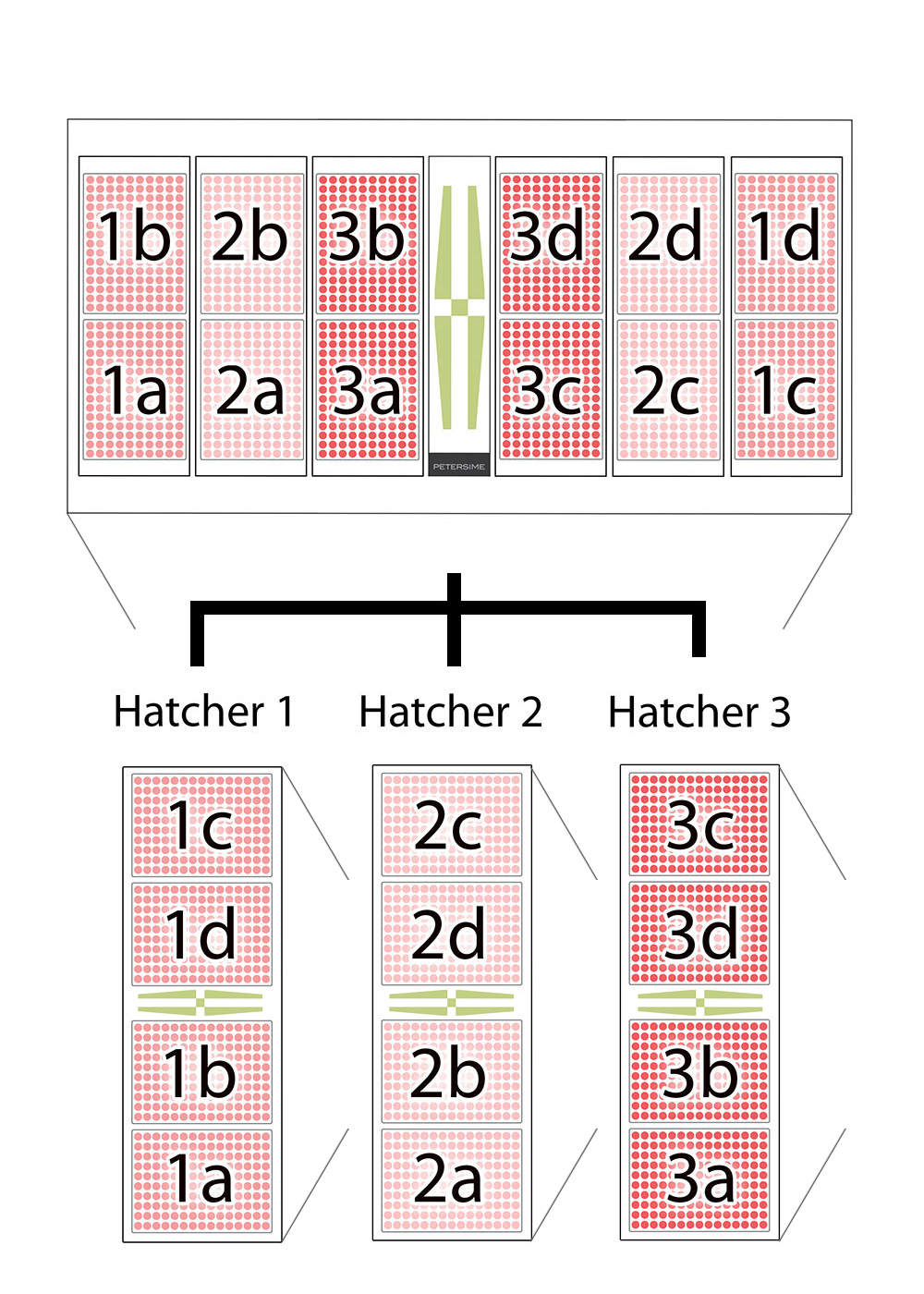
Optimal heat balance for optimal hatch results
Successful incubation depends on an optimal heat balance and, as such, the trolleys’ position inside the incubator. By keeping the difference between the highest and lowest temperatures inside the machine as small as possible, the highest percentage of healthy day-old chicks with high uniformity can be obtained.
Petersime is happy to help you in learning more about optimal incubator loading and transfer patterns. The topic is covered in our advanced training programmes. We also offer the Eagle Trax™ intelligent hatchery software for daily assistance in applying the correct loading and transfer procedures for each individual flock and different machine sizes and configurations. Please don’t hesitate to contact us for more information.
